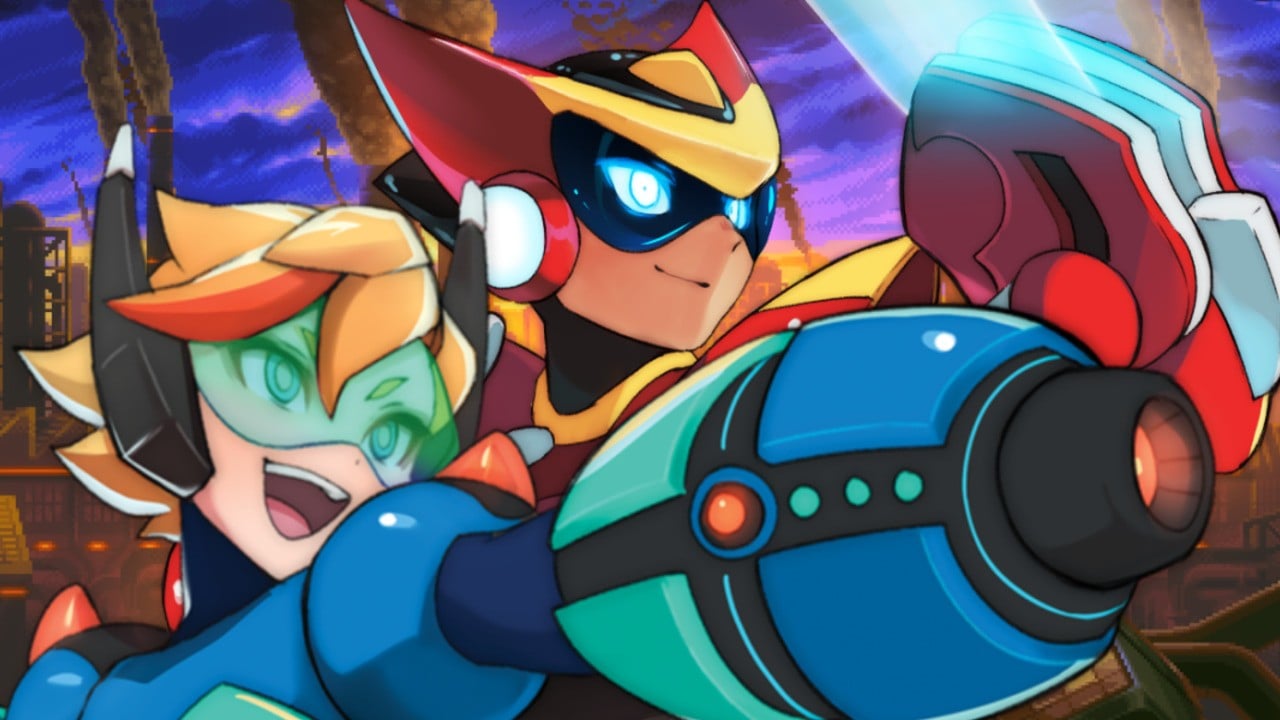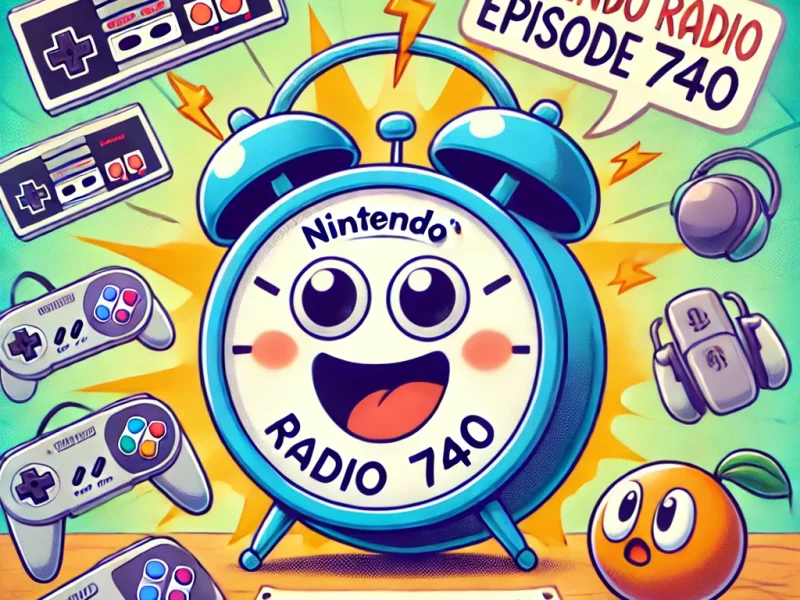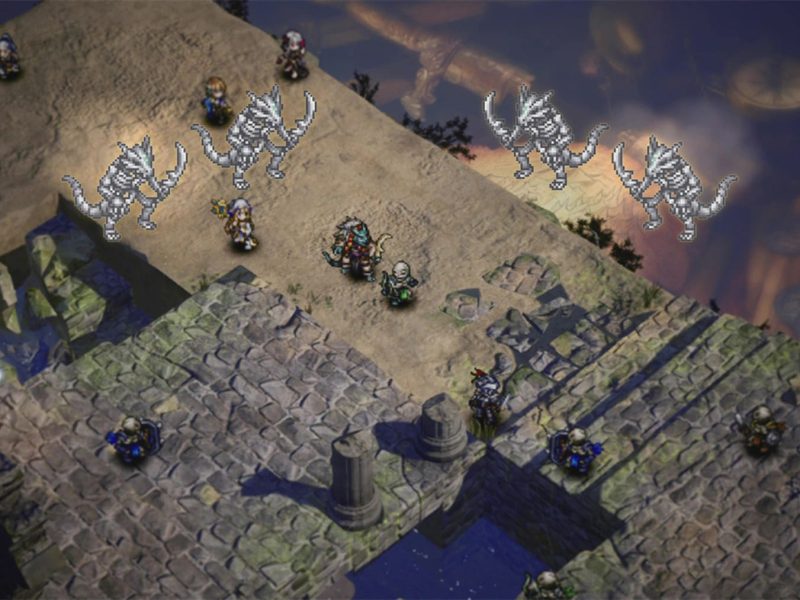Though Capcom hasn’t necessarily abandoned the Mega Man brand as a whole, it’s indisputably reduced how often it produces new games in that celebrated franchise. For example, it’s been 19 years since the last new Mega Man X release (and let’s be real, X8 was a rough entry to end on), but that series now lives on in the efforts of its fans. A few years ago, Battery Staple Games released 20XX, a cute roguelite take on Mega Man gameplay, and now it’s followed up that effort with 30XX. It isn’t without issues, but we’re happy to report that 30XX feels like an overall improvement over its predecessor, and stands as a worthy homage to a beloved series.
Gameplay in 30XX follows the template of classic Mega Man X. You run ‘n’ gun through eight themed levels capped off with a tough boss fight, collecting new weapons or abilities each time you beat another boss, then challenge some extra tough final stages. The gimmick here, however, is that 30XX is structured like a roguelite, so each stage is different each run and there are myriad upgrades you can collect along the way to help even the odds a little bit. There are two playable characters, named Ace and Nina, and they take after Zero and X, respectively. Both have their pros and cons, though we generally preferred Nina’s ranged gameplay over Ace’s sword-swinging skills.

A key element that really elevates the fun of 30XX is how smooth the controls feel. In a game as hyper-focused on precision and skill as this, hiccups or sluggish controls could easily torpedo any sense of fairness, but 30XX proves to be consistently tight and responsive. We didn’t notice any frame drops in our experience and the movement tech feels outstanding; characters are snappy and agile, and feel like they can properly navigate the precise obstacles laid out before you.
Throughout each stage, you’ll often come across a few augments—or “Augs”—that will buff up your character for the duration of that run. Augs can do things like bolster your damage output or give a small shield that constantly orbits you and soaks up damage, and given that there are around 240 Augs to discover, there’s quite a bit of build variety you can experiment with. You can also periodically find Cores, which are armor pieces that give you new abilities like a double jump or a short hover. There’s quite a variety of these on offer, too, and we appreciated how much they mix up your approach to gameplay, not to mention that having a decent Core loadout is all but necessary for surviving the later stages.

Across a run, you’ll usually pick up a decent amount of a currency called Memoria, and when you inevitably lose, you’ll be sent back to the hub where you can spend it on permanent upgrades. These range from flat increases to your starting health and energy to more general buffs like the ability to choose from more levels when you beat a boss or to recycle upgrades that you encounter during a run. We appreciated having this meta-progression system in place, as 30XX can be an utterly brutal experience and these upgrades help level the playing field a bit. Plus, it’s nice to have another goal to shoot for beyond simply beating the next level, and you’ll likely find yourself attempting yet another run after a loss just to see how the new upgrades affect you.
Speaking of upgrades, a big change here from 20XX is that the new weapons and abilities you get from the boss of each level are tailored to each character, effectively doubling the number of abilities that you can play with. For example, one boss grants Nina a lighting attack that can home in on enemies, while that same boss grants Ace a downward thrust attack that sends out lightning balls scurrying along the floor. We appreciated how this creates new ways to play and makes each character feel more distinguished than before, giving players even more toys to experiment with as they figure out what builds work best for them.
If roguelike randomness isn’t your cup of tea, there’s a new mode called Mega Mode that may be more up your alley. Here, the boss stages are laid out in a cute, selectable grid reminiscent of classic Mega Man games, and though each level is still randomly generated, subsequent attempts after failing will see you running through the same stage each time. This allows you to progress by practicing and learning the level layouts, and when you couple this with the fact that all Augs and Cores stay with your character even after deaths, you have a mode that ultimately feels a lot more friendly to those who want a more traditional platforming experience.

And if you’d like some help getting through stages, you can always play in co-op mode, which allows for both couch and online multiplayer. We noticed performance taking just a bit of a hit here, but nothing that notably affected gameplay, and the fun of having an extra character on hand to assist in collecting goodies and overcoming bosses more than made up for any dropped frames. Overall, it feels like 30XX is intended to be played as a more single-player experience, but rest assured that co-op is still an enjoyable time if you want to go that route.
Rounding out the package here is a community mode wherein you play levels designed by fellow players using in-game assets. There are various filters you can use to sort levels by popularity or type, and there are all kinds of off-the-wall ideas here that would never fit in the game proper, but nonetheless add some cool stuff to engage with. We played one stage that lovingly recreated Green Hill Zone in 30XX’s engine—there were even some speed upgrades given out upfront so you could move extra fast through it. Mileage will vary here, of course, but it’s tough to argue against the value that it adds to an already highly replayable game.
While 30XX is an overall great experience, one issue we ran into is that the level design can feel a little hit-or-miss. Though stages are ultimately comprised of handmade sections that are randomly stitched together, they don’t always fit in a way that properly emulates a hand-designed level. For example, we encountered many situations where the difficulty was all over the place—extremely tough sections would be followed by segments that were a breeze, which can make for a rather oddly paced experience.

Beyond this, levels get substantially more difficult as you get further into a run, to the point where a stage can feel less like a fair challenge and more like a ROM hack Kaizo level. Having the right upgrades from earlier in the run can certainly take the edge off, but it’s never guaranteed that the upgrades you need will drop, and we experienced many instances where a section was virtually impossible to traverse without taking a lot of damage. If you just want to win at all costs, you can always activate the Assist Mode and tweak various parameters like enemy damage or player health, but this feels like an imperfect solution to a problem that exists at the design level.
For those of you who aren’t put off by the difficulty, you’ll be pleased to learn that there’s a way to make 30XX even harder via the Entropy system. Taking after the Heat system from Hades, Entropy allows you to activate modifiers at the start of a run that raise difficulty, such as negating the effects of healing items or raising enemy health. Each active modifier raises your Entropy level by one, and if you manage to complete a run, you’ll be rewarded with more currency for continuing meta progression. The catch is that you can’t endlessly farm these rewards at the same Entropy level, you’ll have to continuously stack more modifiers to boost your level if you want to keep progressing. Though toying with this was much too tough for us, we nonetheless appreciated that such a system is in place to give even more longevity. Those of you who enjoy a real challenge will have plenty of content to overcome if you’re up for it.

Visually, 30XX has gotten quite an upgrade over its predecessor, which featured an art style that made it look more like a mid-effort Flash game. 30XX trades this for a much more visually appealing hi-bit art style that very closely mirrors the visuals of the PSX generation of Mega Man X, and it employs this art style to fantastic effect. Whether you’re stumbling past the dark, stained-glass halls of a cathedral or weaving between foes in a high-tech tropical paradise, each level feels notably distinct from the last and is filled with some excellent spritework, most notably in the detailed backgrounds.
This is matched by an equally great chiptune soundtrack that manages to feel traditional without being overly derivative of past works. The high-energy tracks here do a nice job of matching the often intense pace of combat, and there’s a solid amount of variety here. Music is catchy without being overly repetitive, and it doesn’t distract too much from the action.
Conclusion
Although it can be a bit uneven, 30XX is ultimately an enjoyable take on action platforming with a roguelite twist. The high difficulty, extreme replayability, and gorgeous visuals all come together to make for an action platformer you won’t want to miss out on. Beyond this, Mega Mode makes this one a solid recommendation even for those who don’t usually like roguelites, as it strips out most of the randomness and presents a more old-school challenge. For any fans of Mega Man, retro action platformers, or roguelikes, 30XX covers all those bases and then some, and deserves a spot in your Switch library.


